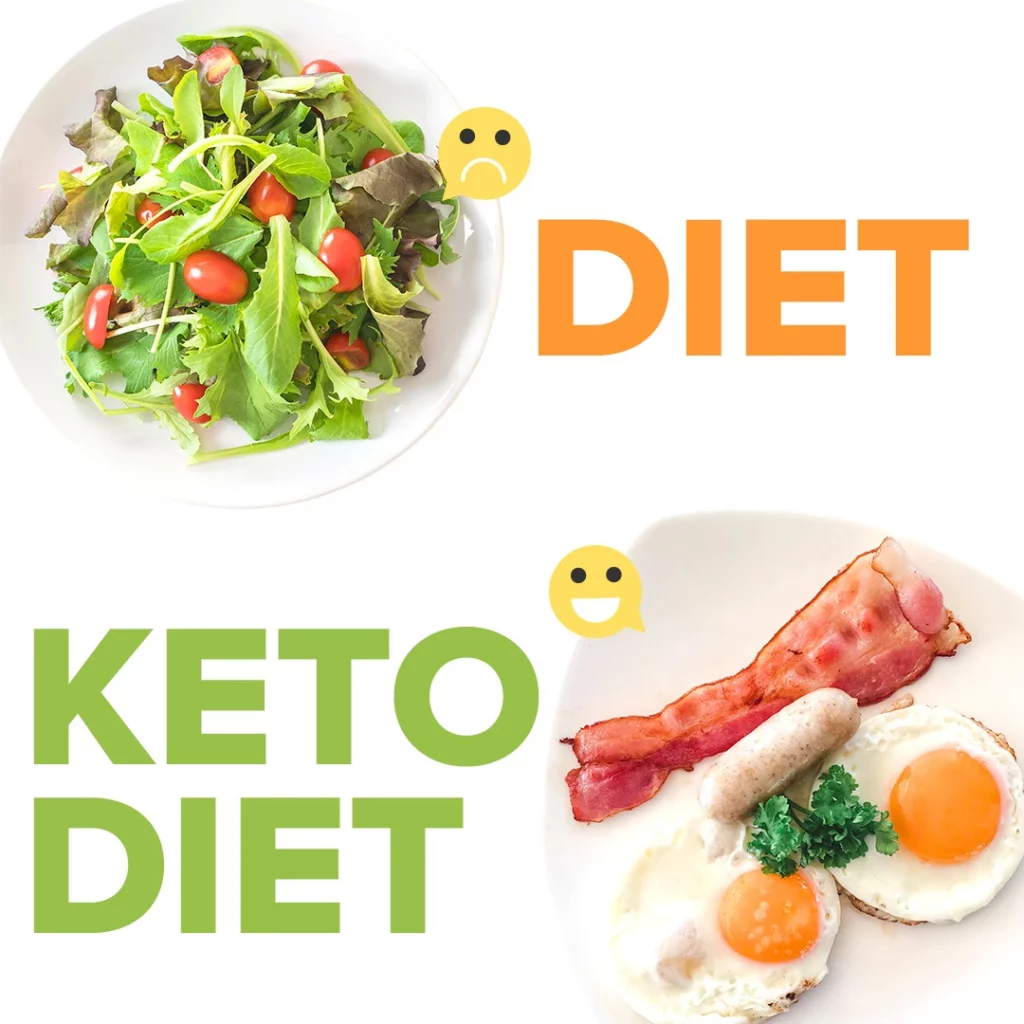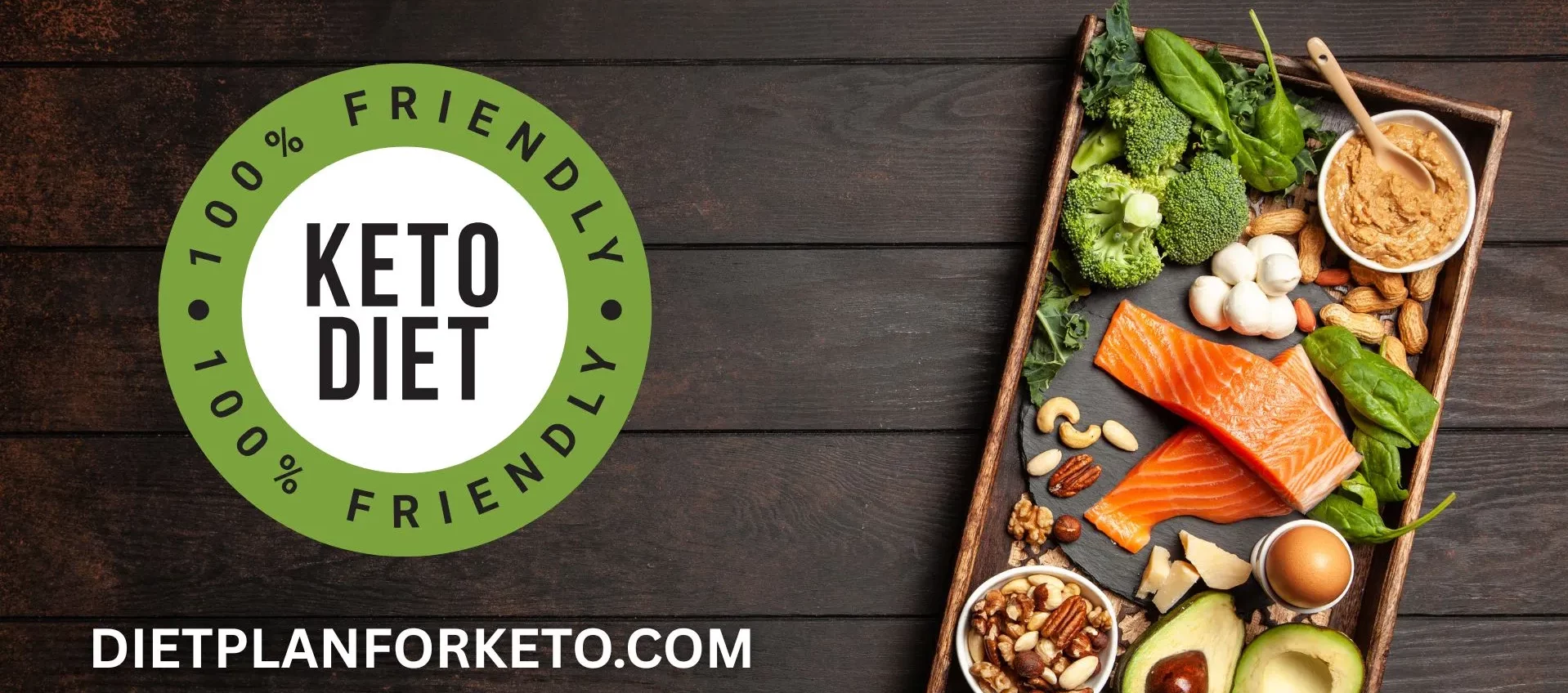Welcome to DietPlanForKeto.com – Your Ultimate Guide to Keto Success!
Are you ready to transform your health, boost your energy, and shed those stubborn pounds—all while enjoying delicious, satisfying meals?
At DietPlanForKeto.com, we’re here to help you every step of the way on your keto journey!
Whether you’re brand new to keto or looking for expert tips to refine your approach, our blog is packed with everything you need to succeed.
From mouthwatering keto recipes and easy meal plans to science-backed weight loss strategies, we break it all down in a simple, easy-to-follow way.
Want to stay on track while dining out? Need ideas for keto-friendly snacks? Curious about the best supplements for ketosis? We’ve got you covered!
Start exploring our blog today and unlock the secrets to thriving on the keto diet!

